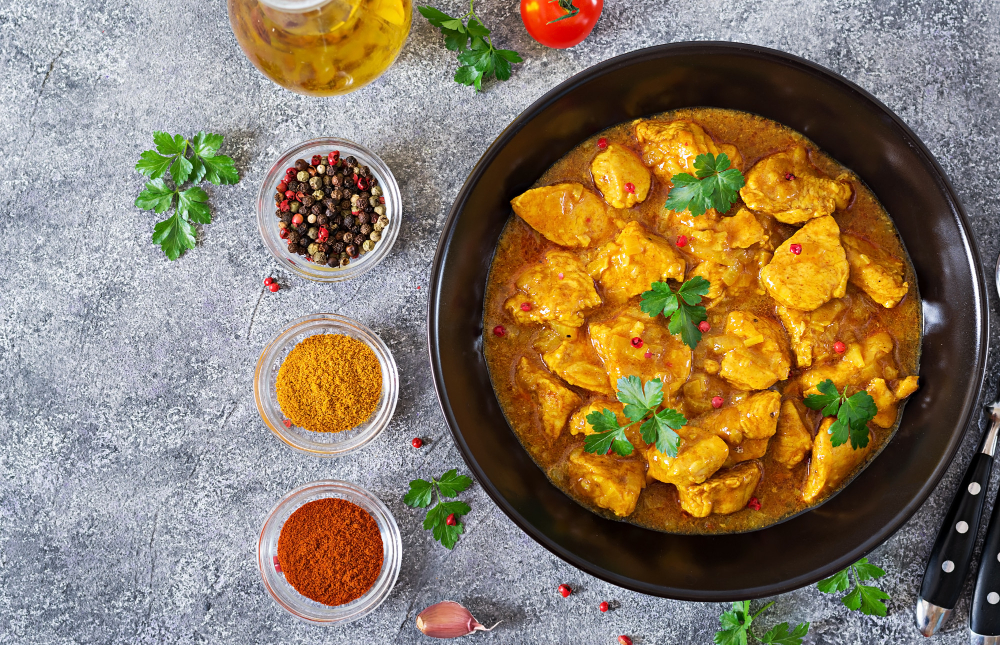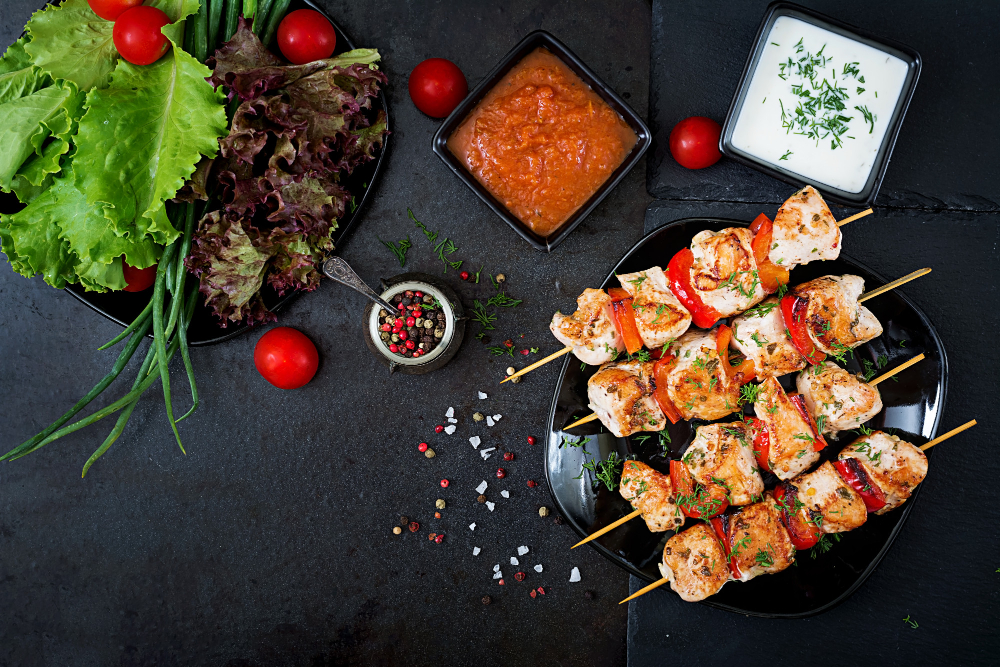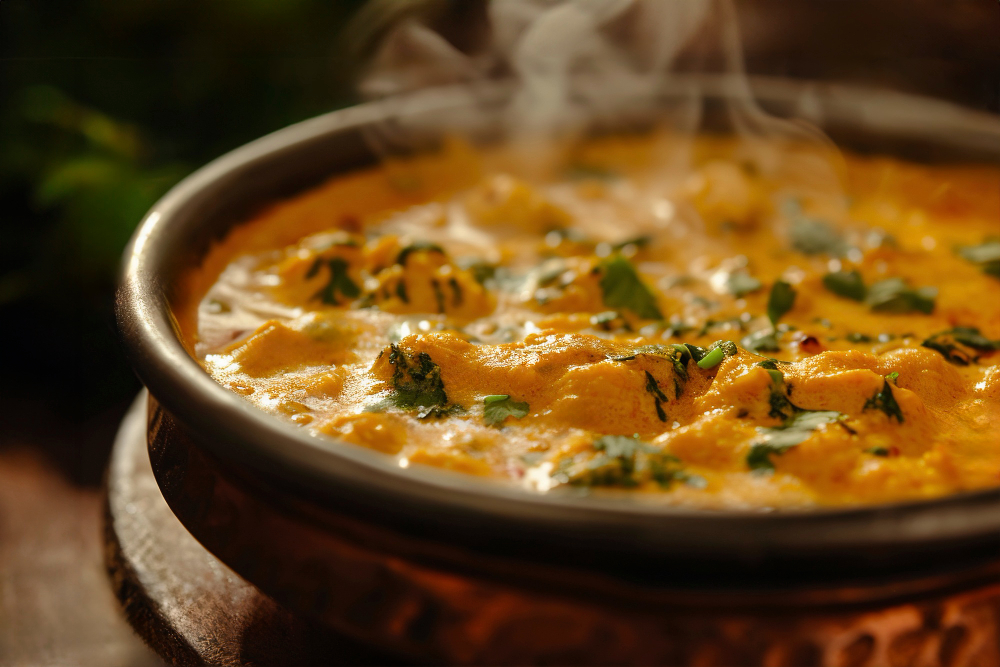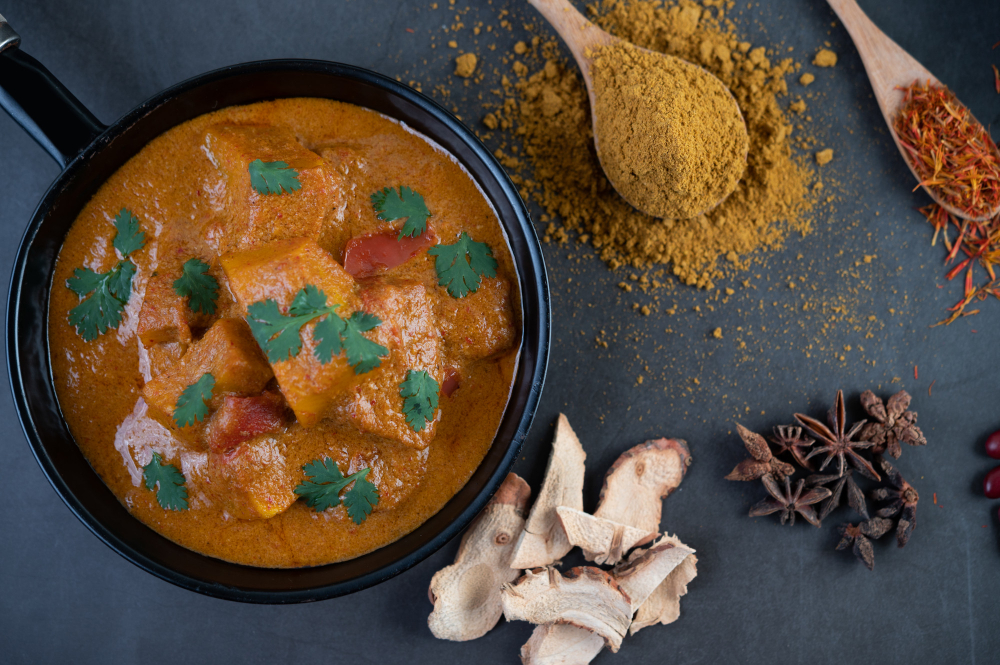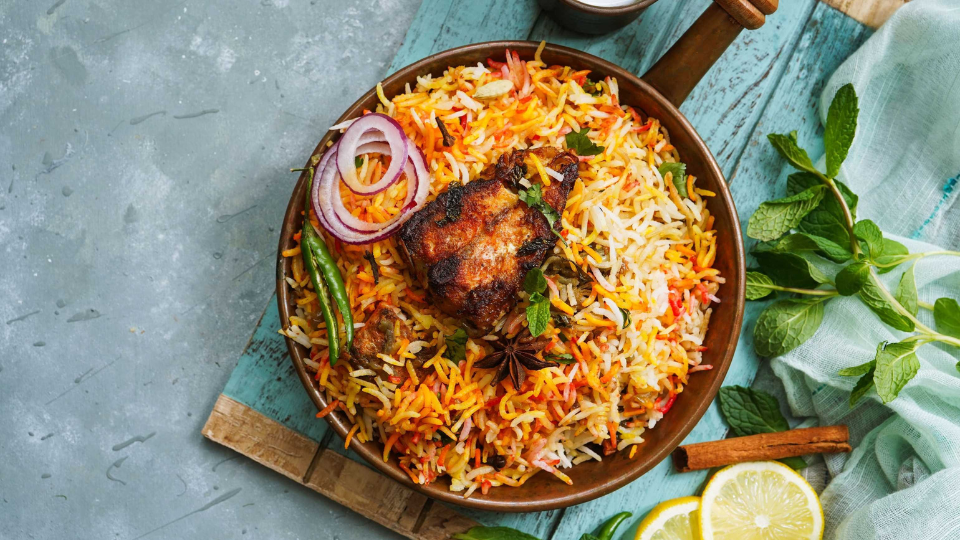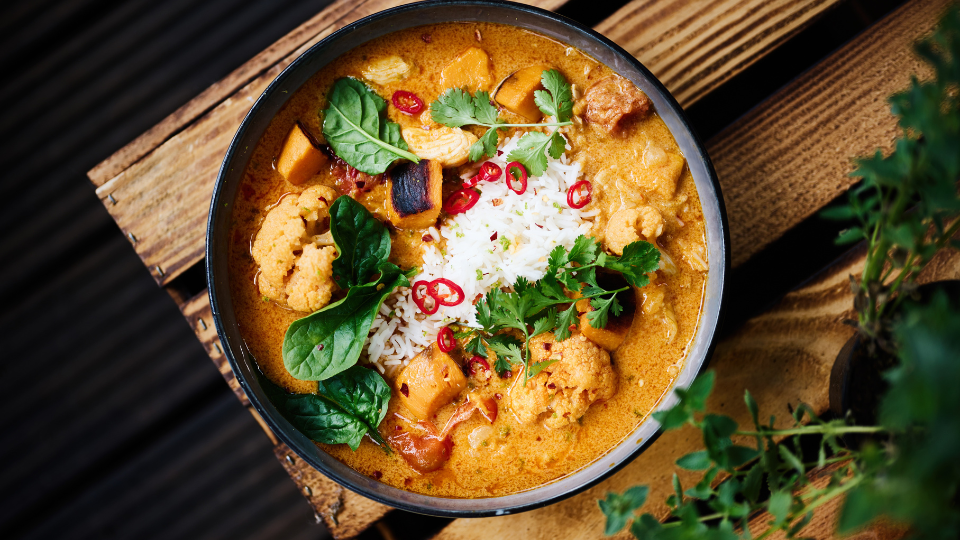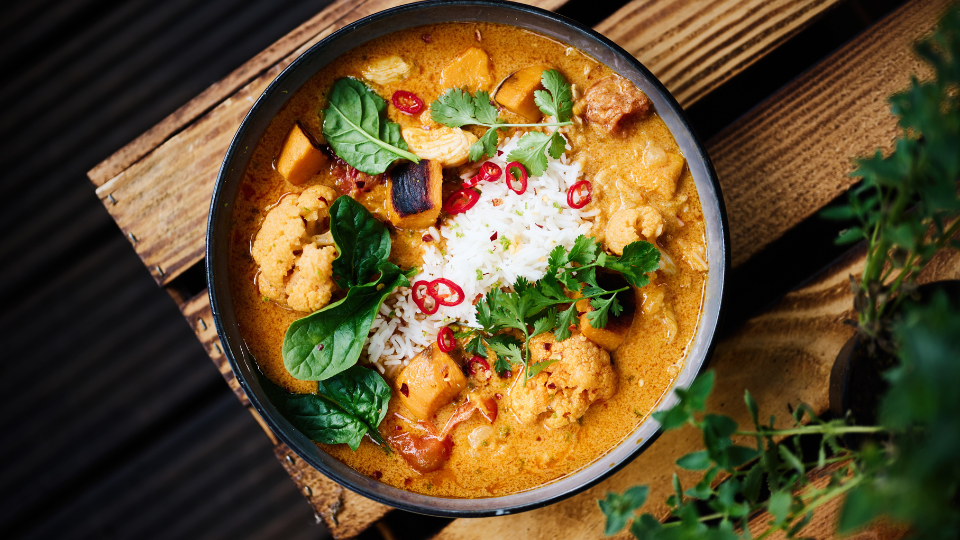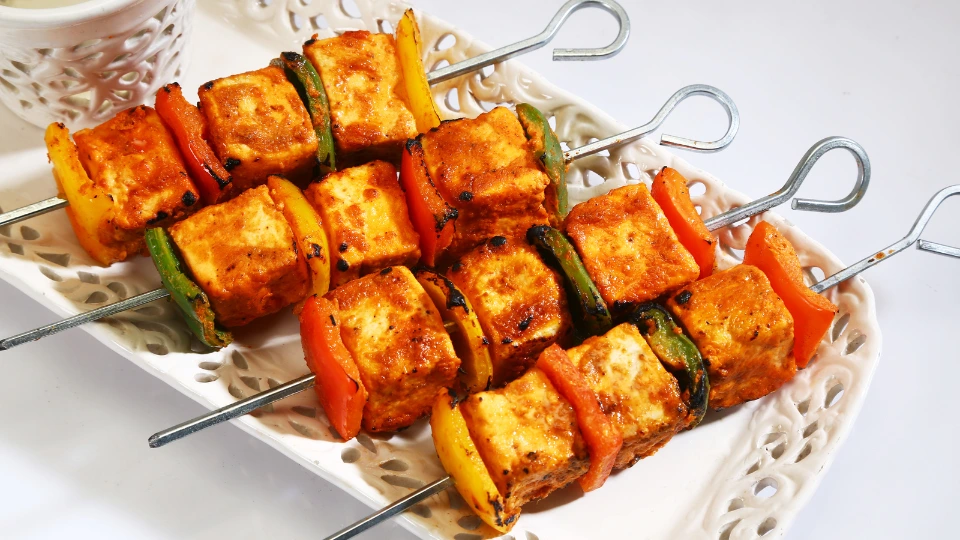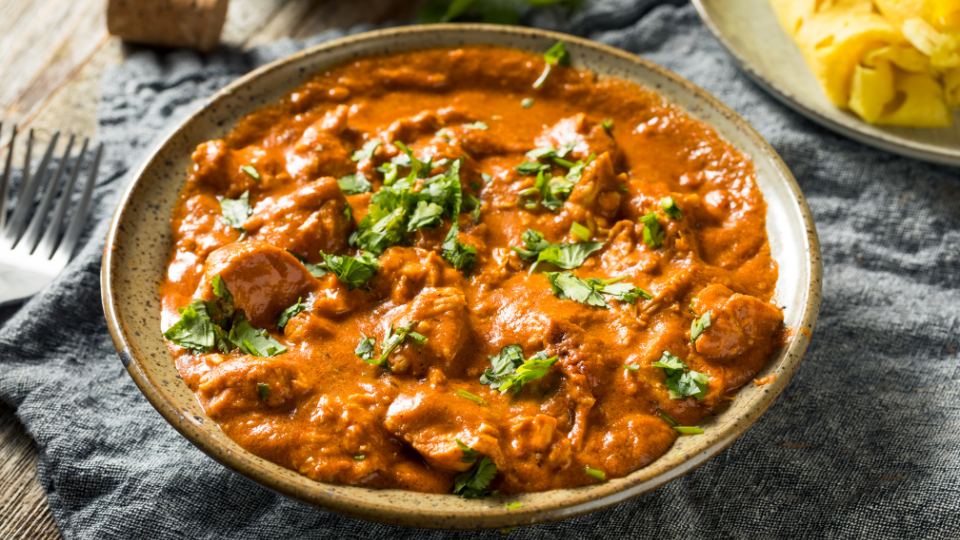Introduction
Few dishes capture the essence of Indian cuisine quite like the Indian curry. With its deep, aromatic flavors, rich sauces, and diverse regional variations, curry is more than just a meal—it’s an experience that tells the story of India’s vibrant culture and culinary artistry. From the smoky heat of a North Indian butter chicken to the coconut-infused gravies of the South, there’s a curry for every palate. If you’ve ever wondered how to bring that same magic into your own kitchen, you’re in the right place.
In this blog, we’ll explore authentic Indian curry recipes that are easy to make and packed with traditional flavors. You’ll discover essential ingredients, cooking techniques, and insider tips from the chefs at Maharaja Riyasat—a leading Indian restaurant in Calgary that celebrates royal Indian cuisine. Let’s dive in and bring the warmth and richness of Indian dining to your home kitchen today.
Things to Know Before Making Indian Curry
Before you roll up your sleeves and start cooking, it’s important to understand the fundamentals that make Indian curry so distinctive. The art of balancing spices, selecting the right ingredients, and following time-tested cooking methods defines authentic curry preparation. Each region in India has its own take on what makes the perfect curry, from spicy gravies of Punjab to the subtly sweet curries of Bengal.
Below, we’ll go over the essential elements you should know—from spice mastery to cooking oils, and even how to create your curry base. These insights will help you achieve restaurant-quality results at home.
1. The Role of Spices in Indian Curry
Spices are the heart and soul of Indian cuisine, and mastering their use is the key to making a great curry. Common spices like cumin, coriander, turmeric, and garam masala form the foundation, but the secret lies in how they’re roasted, blended, and added during cooking. Each spice adds its unique note—earthy, pungent, or sweet—that contributes to the complex layers of flavor.
To get the most out of your spices, consider using whole seeds and roasting them lightly before grinding. This process enhances aroma and depth. Additionally, don’t shy away from experimenting with regional spice mixes like Kerala’s masala or Rajasthan’s lal maas blend, both of which can elevate your curry game.
2. Choosing the Right Oil or Ghee
Oil or ghee serves as the flavor carrier in Indian curry recipes, determining both texture and taste. Traditional Indian cooking often uses mustard oil, coconut oil, or ghee depending on the regional influence. Ghee, or clarified butter, is particularly valued for its rich, nutty flavor that enhances both vegetarian and non-vegetarian curries.
For a more authentic touch, use cold-pressed oils or homemade ghee. They bring out the best in your spices and ensure that your curry develops a silky texture. Avoid using neutral oils like canola unless you’re adapting recipes for a lighter flavor profile.
3. The Importance of the Curry Base
Every flavorful Indian curry begins with a well-prepared base—typically a blend of onions, garlic, ginger, and tomatoes. This mixture, known as the masala, forms the body of your curry. The key lies in sautéing these ingredients slowly until they release their natural sweetness and achieve a deep brown hue.
Once you’ve perfected this step, you can build any curry on top of it—from creamy kormas to spicy vindaloos. The base ensures consistency and depth, so never rush this process. Patience here truly pays off in flavor.
4. Balancing Heat and Creaminess
An authentic Indian curry should have a perfect balance of spice and comfort. Too much chili can overpower the dish, while too much cream or coconut milk can mute the flavors. The ideal curry strikes harmony—bold enough to excite, but mellow enough to savor.
To achieve this balance, adjust the chili according to your preference and add yogurt, cream, or coconut milk toward the end of cooking. This ensures that your curry maintains its robust flavors while achieving a velvety finish.
5. Cooking Techniques that Make a Difference
Cooking Indian curry is an art of layering flavors. Techniques such as “tadka” (tempering spices in hot oil) or “bhuna” (slow-frying the masala) define the depth of your dish. Each technique releases different flavor notes, enhancing aroma and texture.
Mastering these traditional methods gives your curries an authentic touch that mirrors restaurant-style cooking. Remember—good curry isn’t rushed. Allow each layer to develop fully, and your final dish will speak for itself.
Top Authentic Indian Curry Recipes to Try
Now that you know the essentials, let’s explore some of the most beloved Indian curry recipes you can prepare at home. Each one captures a unique regional flavor and is a must-try for any food lover.
Butter Chicken (Murgh Makhani)
A global favorite, butter chicken originated in Delhi and features tender chicken cooked in a rich tomato-butter sauce. It’s creamy, mildly spiced, and best enjoyed with naan or basmati rice.
For authentic results, marinate your chicken in yogurt and spices overnight. This ensures tenderness and maximum flavor absorption. Finish with a swirl of cream for that signature velvety texture.
Rogan Josh
Originating from Kashmir, Rogan Josh is a hearty lamb curry cooked with yogurt and aromatic spices like cardamom, cloves, and cinnamon. It has a deep red hue, traditionally derived from Kashmiri chili.
Pair it with steamed rice or tandoori roti for a royal dining experience. The slow-cooking process allows the meat to absorb all the spices, resulting in a melt-in-your-mouth texture.
Chicken Tikka Masala
Often mistaken as a British invention, chicken tikka masala remains one of the most popular Indian dishes worldwide. Boneless chicken pieces are marinated, grilled, and then simmered in a tangy tomato-based sauce.
The secret lies in charring the chicken slightly before adding it to the curry—this gives the dish its smoky flavor. Add a dash of garam masala at the end for an irresistible aroma.
Paneer Tikka Masala
For vegetarians, paneer tikka masala offers the same bold flavors without the meat. Cubes of paneer are grilled with spices and then cooked in a creamy tomato sauce enriched with cashews and cream.
The combination of grilled smokiness and creamy gravy makes this curry an instant crowd-pleaser. It’s perfect for pairing with garlic naan or jeera rice.
Goan Prawn Curry
If you love seafood, Goan prawn curry will transport you straight to India’s coastal paradise. Made with coconut milk, tamarind, and local spices, it’s tangy, spicy, and delightfully rich.
Use fresh prawns and simmer them just until tender. Overcooking can make them rubbery, so timing is everything. The coconut-tamarind balance gives this curry its unforgettable flavor.
Chole Masala (Chickpea Curry)
A staple in North India, chole masala is a spicy chickpea curry loaded with onions, tomatoes, and aromatic masalas. It’s hearty, flavorful, and pairs beautifully with puris or bhature.
Soak chickpeas overnight for a soft texture, and use freshly ground garam masala for best results. A squeeze of lemon at the end enhances the overall flavor.
Kerala Fish Curry
From the southern coast of India comes Kerala fish curry, a dish known for its bold use of tamarind and coconut milk. It’s spicy yet tangy, reflecting the coastal flavors of the region.
This curry pairs beautifully with steamed rice or appam. Use fresh fish like kingfish or mackerel to absorb the spicy-sour notes perfectly.
Why Choose Maharaja Riyasat for Authentic Indian Curry
At Maharaja Riyasat, every Indian curry is crafted using age-old royal recipes passed down through generations. The restaurant’s chefs bring the grandeur of Indian palaces to your plate with a focus on authenticity, premium ingredients, and refined presentation.
Whether you’re craving the buttery smoothness of Murgh Makhani or the fiery heat of a Goan vindaloo, Maharaja Riyasat offers a dining experience that celebrates the diversity of Indian cuisine. Their curries are slow-cooked to perfection, ensuring each bite bursts with flavor and tradition. If you want to savor the true essence of India in Calgary, Maharaja Riyasat is your go-to destination.
Conclusion
Authentic Indian curry recipes are not just meals—they’re stories of heritage, flavor, and culture. With the right ingredients and techniques, you can recreate these royal dishes right at home. Each recipe shared above carries a distinct regional signature, offering something special for every food lover.
Still, nothing compares to the perfection achieved by experts who have mastered this art over decades. So, if you want to experience the finest curries Calgary has to offer, visit Maharaja Riyasat and immerse yourself in an unforgettable culinary journey through India’s royal kitchens.
